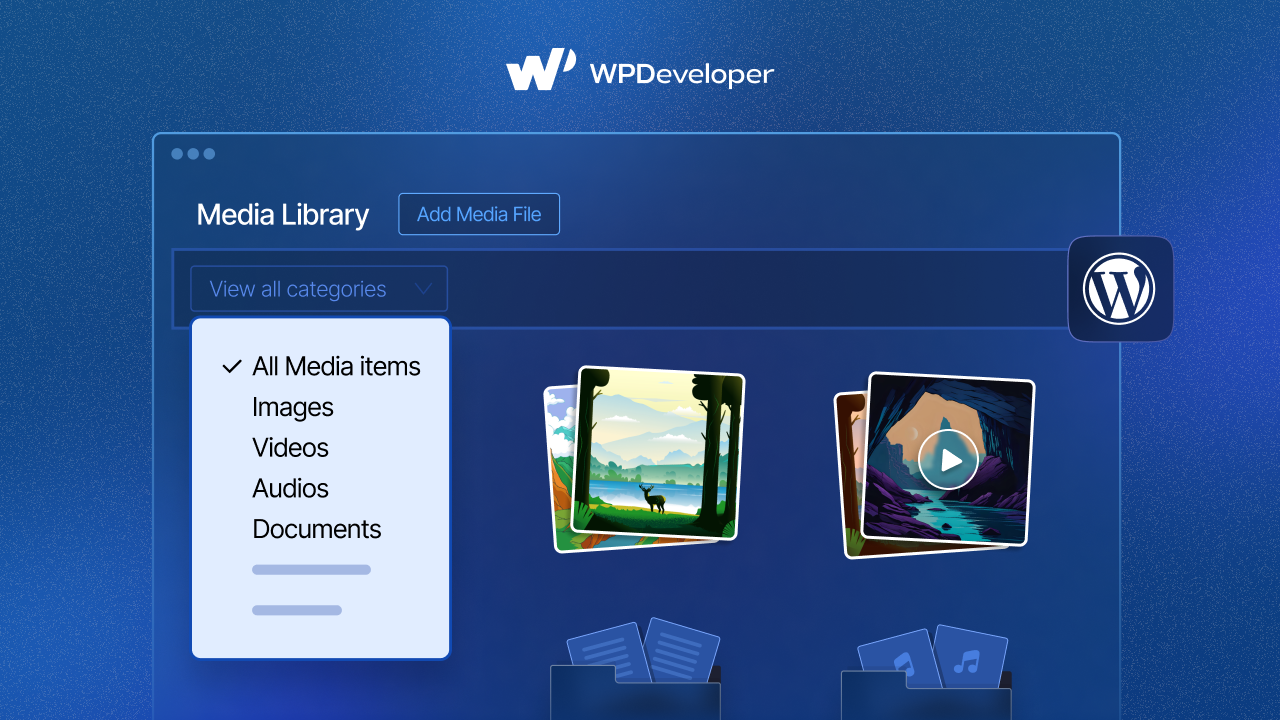Sticky Header Menu is a great way to create a user-friendly web interface. Without proper navigation, there is no way users can browse the different pages on your Website easily. You must already have a Header Menu on your website but a sticky Header Menu can make the user experience better.
Difference Between Static and Sticky Header Menu for WordPress
Let’s start off by answering what is a Header Menu? Simply put it is the fundamental method of navigation inside your Website. Take a look at the below screenshot.

What you see above is the Home Page of TheTechJournal.com, a leading Tech Magazine. And like the Home Page of any other Online Magazine TheTechJournal has a Header containing all the Blog Categories on its Landing Page. The basic purpose of this Header is to help readers easily navigate throughout the Website, jumping straight to the Blogs that intrigue their interest.
Similar to a Blogging Website, other Website such as a Travelling Website or an App Website might have other Web-Pages that it needs to include in its Header. For example, the About Us Page, Contacts Page, Team Member Page, Pricing Page. You get the idea right!
Now that we’ve laid down the basics of using a Header, let’s talk about two variations of it- Static and Sticky Header Menu. The ground on which we are saying Sticky and Static are two variations of a WordPress Header is the visibility of the Header. Or in the broader sense, what happens when a reader scrolls down? Will the Header still be visible?
On many websites, as you scroll down you lose the Header. Well, it’s not like it’s gone completely, it’s just that the Header of those Websites is Static. Which means, to view the Header again, users need to scroll right back at the top.
Whereas, a Sticky Header Menu adds a layer to the Web-Page. Which means it places the Header inside a separate layer, which is different from all the other parts of the Website. Why exactly? The basic purpose of the Sticky Header Menu is to keep the Header visible at all times, no matter where your visitor is on the Web page. He will see the Header when he is at the top of the Web page, at the middle or at the very bottom.
Why Use Sticky Header Menu for WordPress
By now you should be able to figure it out yourself. What’s the benefit of a Sticky Header Menu? It keeps the Header of your Website visible at all times, at all parts of your Website. This way, your readers will have access to a Navigation Menu at all times. Using the Header, your readers can jump back and forth between all the Web-Pages.
Along with Navigation, a Sticky Header Menu also helps to reduce the overall Scroll Time. For any Website, the scroll time is an important factor. Nobody likes unnecessary scrolling. You can eliminate the need for unnecessary scrolling by using the Sticky Header Menu.
Create A Sticky Header For WordPress using Elementor
Navigate your Website’s Dashboard and open a new Post with Elementor.
- Click the Edit Section
 icon in your Header, and in the panel go to Advanced
icon in your Header, and in the panel go to Advanced - Click on Motion Effects, and slide the Sticky Header ON
- Choose the devices you need (desktop, tablet, mobile)
- Update and add Conditions. Click to learn about Conditions.
Wrapping Up!
In conclusion, let’s recap the benefits you should expect after switching to a Sticky Header Menu. First of all your Website will be able to give a better User Experience to your clients by making the Navigation Header easier and keeping it visible at all times. The second benefit is, your site-visitors will now need to make fewer scrolls to browse your Website. Both of these benefits make your Website user-friendly, which is always a positive thing.







